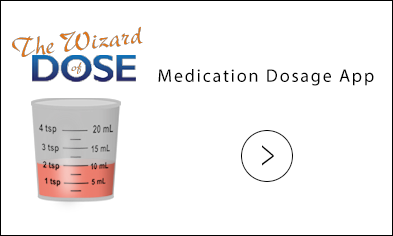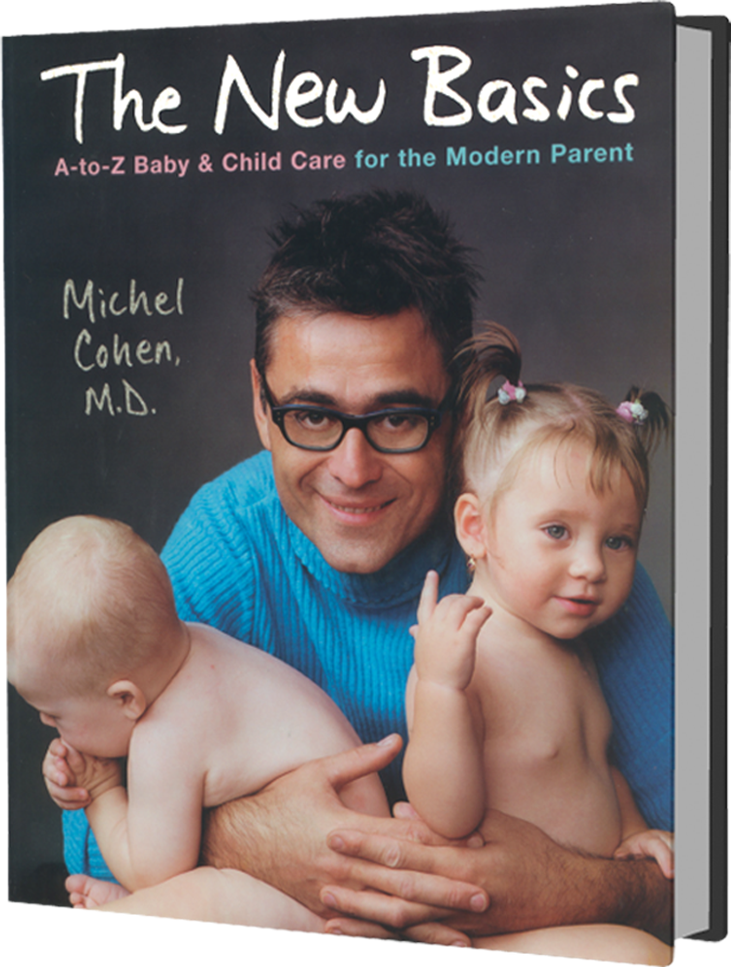
Nails
 Lucy’s long fingernails can cause small scratches on the face, both yours and her own. To prevent scratches, you can trim them with baby nail clippers if you have good eyesight and motor skills. The difficulty lies in gauging exactly where the tiny nail ends and the finger begins, which makes this simple task a risky business. If you do clip the finger accidentally, it will bleed profusely because of the abundant blood vessels. Other than clipping, you can file the nails down if you have patience or even bite them if your teeth are sharp enough. I don’t recommend putting Lucy’s hands in mittens, which will deprive her of her sense of touch and interfere with the important activity of sucking on her hands.
Lucy’s long fingernails can cause small scratches on the face, both yours and her own. To prevent scratches, you can trim them with baby nail clippers if you have good eyesight and motor skills. The difficulty lies in gauging exactly where the tiny nail ends and the finger begins, which makes this simple task a risky business. If you do clip the finger accidentally, it will bleed profusely because of the abundant blood vessels. Other than clipping, you can file the nails down if you have patience or even bite them if your teeth are sharp enough. I don’t recommend putting Lucy’s hands in mittens, which will deprive her of her sense of touch and interfere with the important activity of sucking on her hands.
Nail Shape
Babies and toddlers always have oddly shaped nails. They can be flat or even slanted upward, especially on the big toe. As kids grow up, their nails take on normal shapes.
Ingrown Nails
Ingrown nails are common on the hands and feet of babies, but the nails rarely dig deep enough into the skin to cause significant infection, as they do in adults. A minor infection, such as a small area of redness and yellow pus on the side of a nail, will usually resolve on its own. You can help it along by soaking in warm water and by applying antibiotic cream and then wrapping it in an adhesive bandage a few times daily. If it worsens, bring it to your pediatrician’s attention.
 As children grow older and their nails harden, ingrown nails can cause infection more swiftly. You’ll see red swelling with some pus at the edge. Treat the condition with warm soaks and antibiotic creams. If the infection worsens, a draining incision along with an oral antibiotic may be necessary; consult your doctor.
As children grow older and their nails harden, ingrown nails can cause infection more swiftly. You’ll see red swelling with some pus at the edge. Treat the condition with warm soaks and antibiotic creams. If the infection worsens, a draining incision along with an oral antibiotic may be necessary; consult your doctor.
White Spots
Contrary to popular belief, white spots on fingernails do not indicate a calcium deficiency. They represent normal variations in pigmentation.
Nail Biting
Children who are sensitive to tense situations are also prone to biting their nails. This is not a sign of emotional imbalance. Often, one of the child’s parents had (or still has) the habit. Just like thumb sucking or any other tic, nail biting should be ignored. Reminding Jimmy to stop chewing on his nails, pulling his hands away from his mouth, or getting mad only reminds him that he is doing it and, for that matter, getting attention from it. Nail biting generally decreases or disappears on its own if you manage not to make it a big deal, although the age at which that happens varies greatly.




 MEDICATION DOSAGE
MEDICATION DOSAGE

